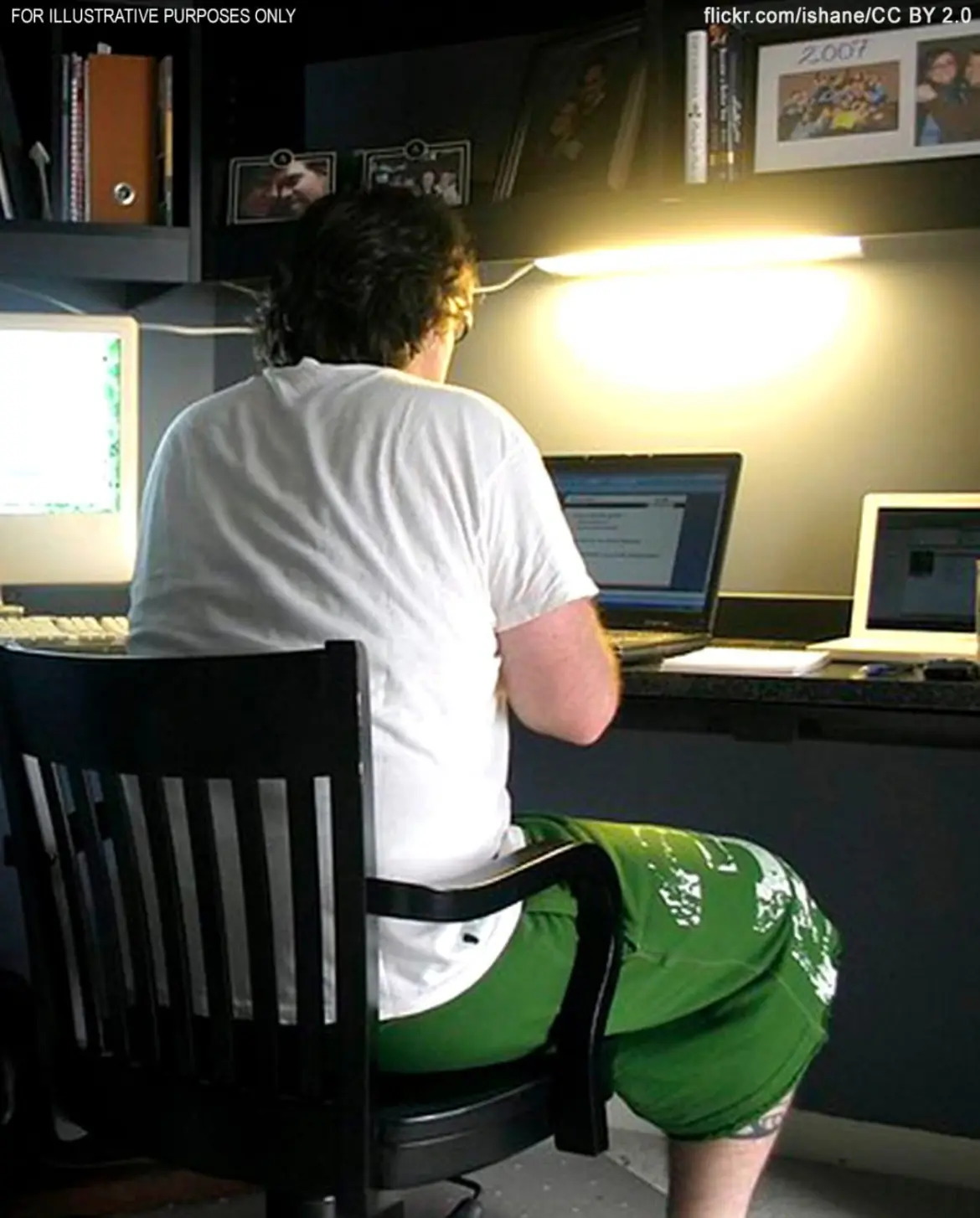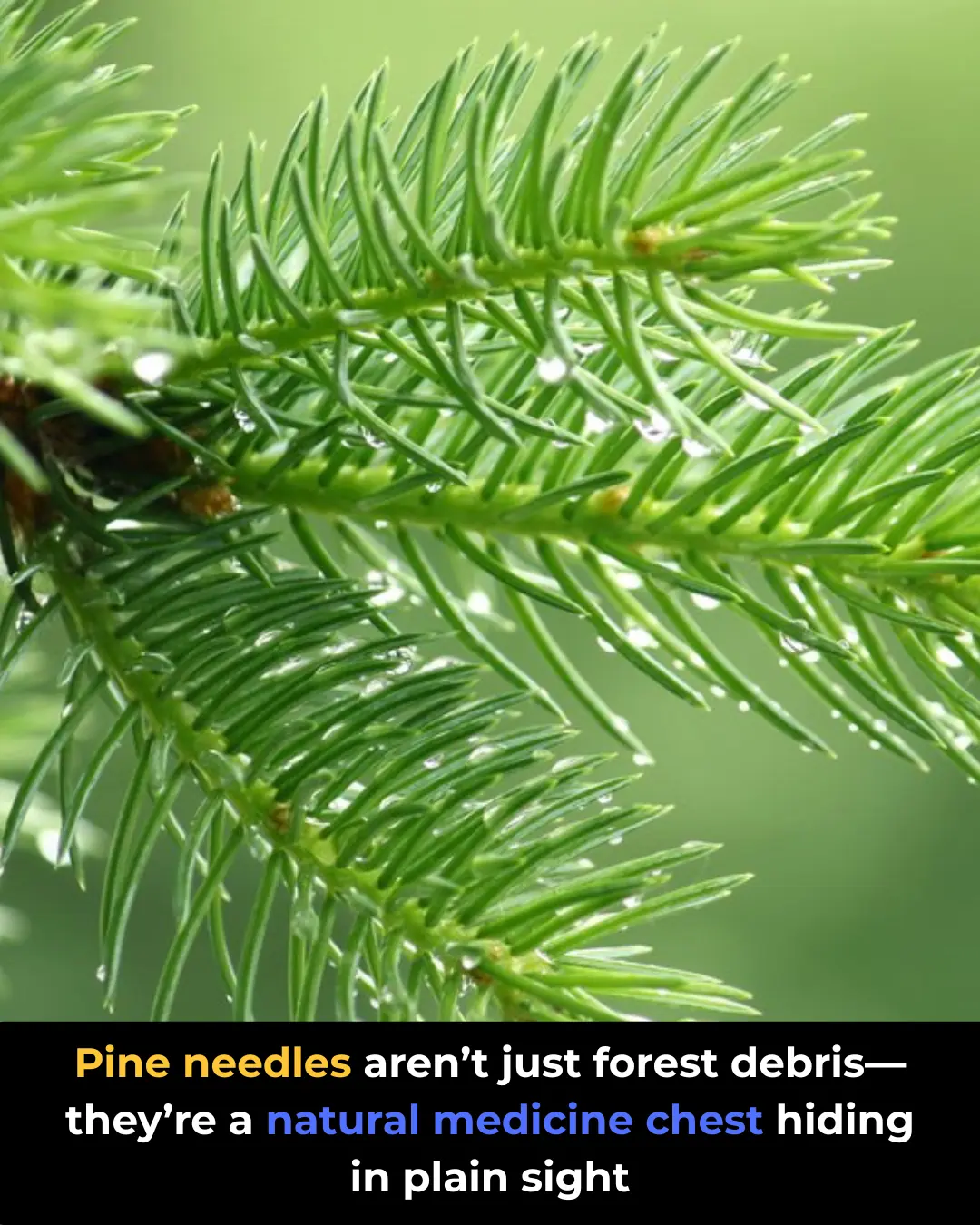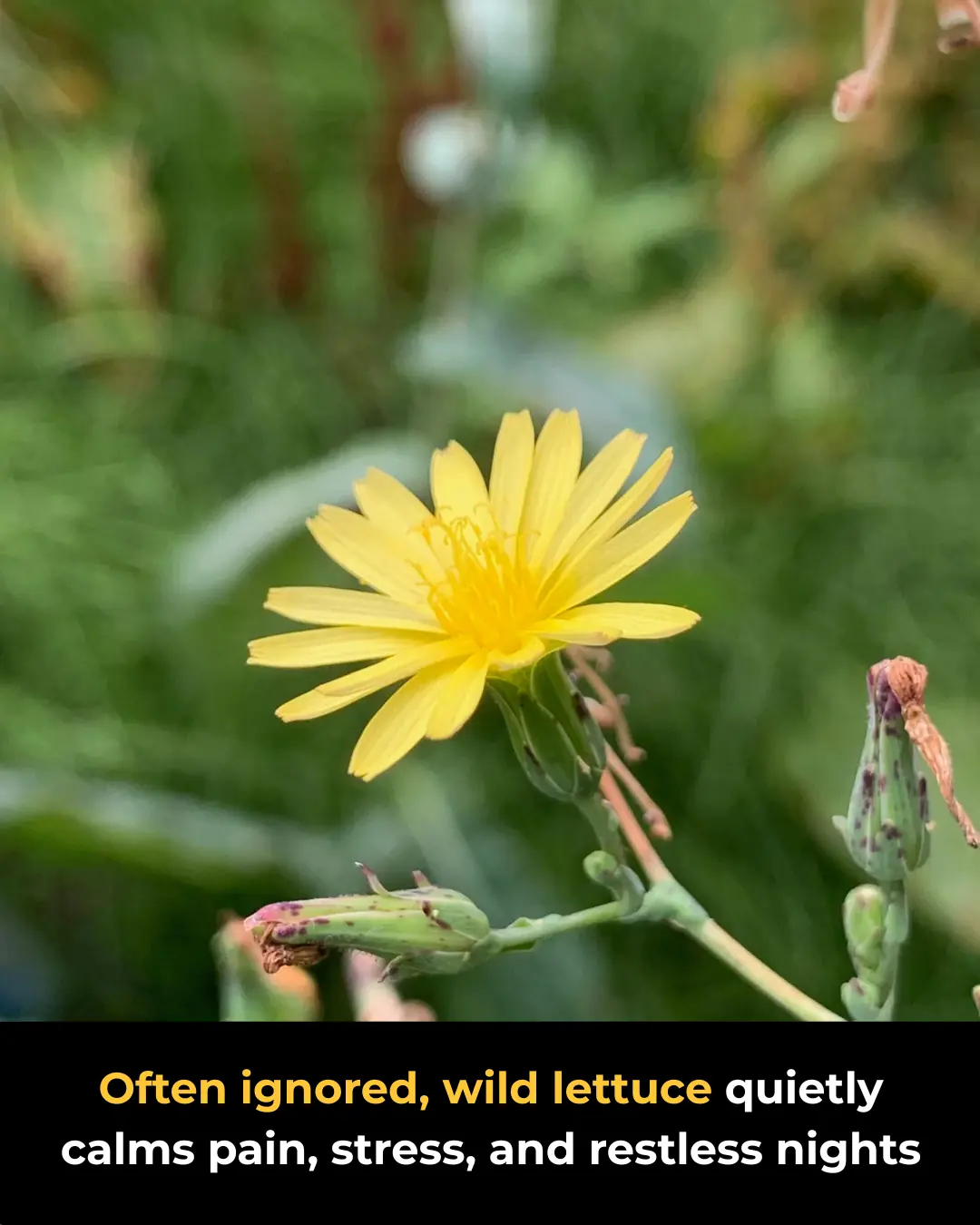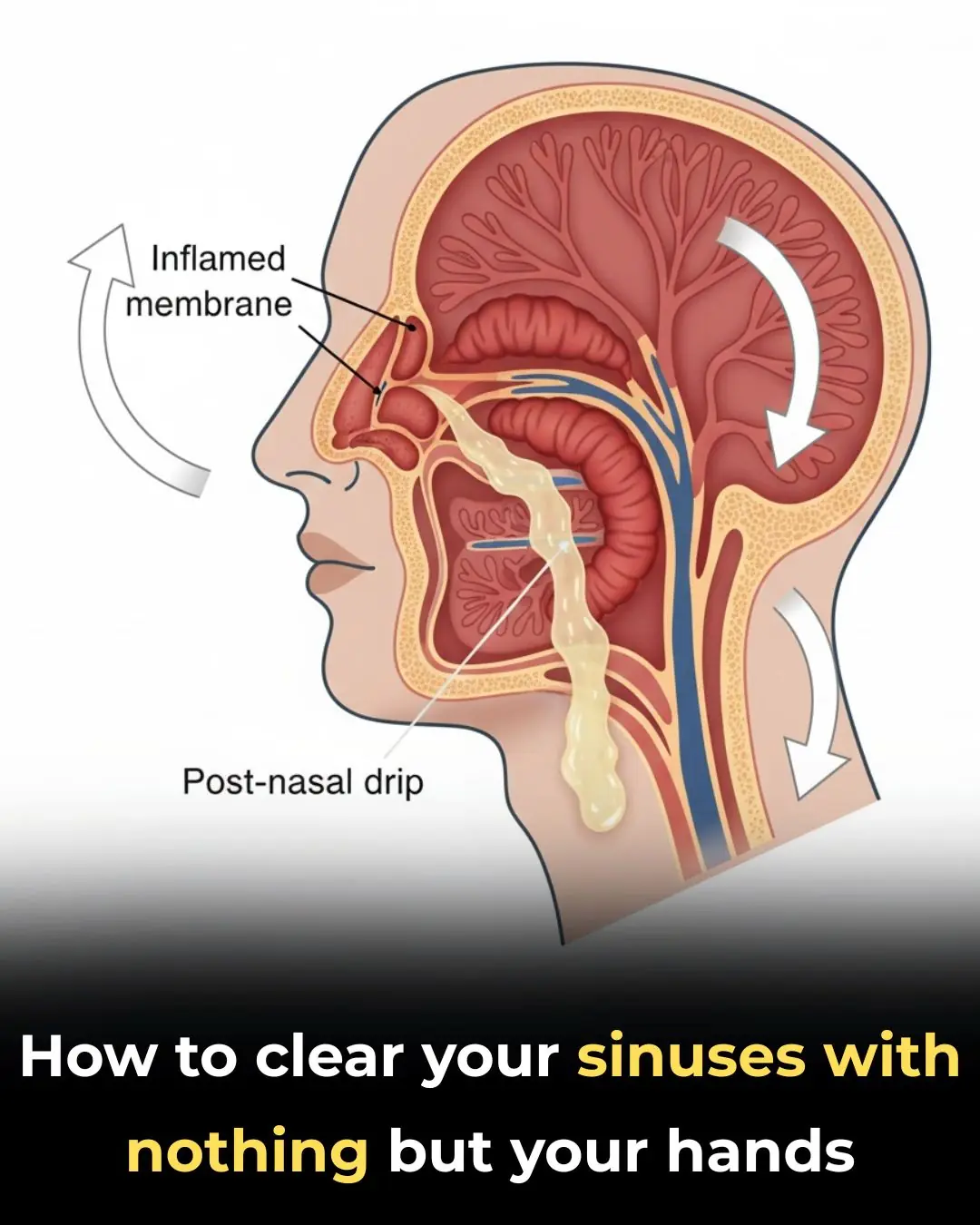
Barrow Enters Extended Polar Night, Offering Insights into Arctic Life and Climate Research
Barrow Enters Its Extended Polar Night, Illuminating Arctic Life and Research
Barrow, Alaska, recently began its annual polar night, a phenomenon where the sun remains below the horizon for more than sixty days. This extended period of darkness, which lasts until January 22, 2026, is a defining feature of life above the Arctic Circle and has profound effects on both the natural environment and human activity. For residents and researchers alike, the polar night represents a time of adaptation, observation, and scientific opportunity.
Life in Darkness
As daylight disappears, the Arctic landscape transforms dramatically. Temperatures drop sharply, and residents rely increasingly on artificial lighting to carry out daily routines. Local communities prepare for colder conditions, adjusting heating systems and managing energy consumption to cope with the long, dark weeks. According to NOAA and University of Alaska Fairbanks studies, the absence of sunlight impacts circadian rhythms, sleep patterns, and mental health, prompting careful planning for physical and psychological well-being.
Wildlife in the region also responds to the lack of sunlight. Researchers note changes in activity patterns among Arctic foxes, polar bears, and migratory birds, as well as shifts in hunting and foraging behaviors. The extended darkness provides a natural laboratory for studying how animals adapt to extreme seasonal light cycles, with implications for understanding climate change impacts on Arctic ecosystems.
Scientific Research During the Polar Night
The polar night offers a unique window for scientists studying the Arctic. Universities and research institutes, including Stanford University, University of Alaska Fairbanks, and NOAA Arctic Program, track temperature fluctuations, snow and ice conditions, and atmospheric shifts during this period. Observations from this time contribute to long-term climate models and help scientists better predict environmental changes in high-latitude regions.
Human behavior is also closely monitored during the polar night. Researchers gather data on sleep quality, daily routines, and energy usage in conditions of prolonged darkness. Studies show that the absence of sunlight can affect hormone levels, mood, and overall physical health, making this period a critical time to study human adaptation to extreme environments. Insights from these studies are valuable not only for Arctic communities but also for understanding the effects of limited sunlight on populations in other high-latitude regions.
Preparing for the Return of the Sun
The sun’s return on January 22, 2026, will mark the end of the polar night and the beginning of the Arctic daylight season. This transition is significant both culturally and scientifically. Communities celebrate the return of sunlight, while researchers use the change to validate winter measurements and continue long-term monitoring of environmental and human health indicators. The brief yet intense winter darkness provides essential context for ongoing studies of climate patterns, energy consumption, and ecological behavior in extreme northern conditions.
A Time of Observation, Adaptation, and Discovery
Overall, the polar night in Barrow highlights the unique challenges and opportunities of life in the far north. From adapting to extended darkness to collecting critical scientific data, this period underscores the resilience of both humans and wildlife in Arctic environments. The observations made during these weeks contribute not only to local understanding but also to global knowledge about climate change, human health, and ecological adaptation. The upcoming return of sunlight will provide closure to the winter cycle and continue the rhythm of Arctic life, reinforcing the interconnectedness of light, life, and scientific discovery in extreme environments.
News in the same category


What does it mean when a person helps waiters remove plates from the table, according to psychology?

Reason I’m A Celebrity star Vogue Williams won’t be meeting husband Spencer Matthews on jungle bridge

Nintendo fans are only just discovering touching Robin Williams tribute hidden in one of its biggest games

Convicted jewel thief makes shocking claim about what really happened at the Louvre robbery

Neuroscientist reveals chilling things he saw while in a coma as he explains what it really feels like

3 Strange but Effective Uses of Toothpaste That Many People Don’t Know

After a Few Days at My Mother-in-Law's Country House, I Made the Sh0cking Decision to Call Off the Wedding
After spending a few days at my mother-in-law’s country house, I realized I couldn’t go through with the wedding, making the difficult decision to call it off.

My Husband’s Best Friend Moved in Weeks Ago, Expecting Me to Clean after Him – Husband Sided with Him, So I Taught

New Nanowire Battery Can Be Recharged 100,000 Times – So it Never Needs to Be Replaced

I overheard my husband telling a friend that he’s only with me for my money—and I made sure he got a severe lesson in return | LOLitopia

How To Apply Baking Soda On Your Face: 3 Simple and Effective Ways

My Family Turned Against Me When I Became a Private Detective, but a Teen Girl's Case Changed Everything — Story of the Day

Mom Installs Baby Monitor in Son’s Room and Gets Scared When She Sees Movement There — Story of the Day

My In-Laws Demanded Our Luxury Villa on Our Family Honeymoon – My Husband Gave Me the Green Light to Put Them in Their Place

Elderly Homeless Woman Begged Me to Drive Her to Church — Three Days Later, She Knocked on My Door in a Lavish Gucci Coat

On the Morning of Our Wedding, My Fiancé's Parents Announced They Weren't Coming — Their Reason Made Me Go Pale

My Ex-Husband Asked Me to Be a Surrogate for Him and His New Wife - It Ended Not as He Expected

My Sister Stole My Fiancé a Month Before the Wedding and My Parents Took Her Side — I Paid a Visit to Their Wedding
News Post

Tamarind: The Tangy Superfruit Your Body Will Thank You For

Why Your Legs Show Signs of Aging First — and 3 Drinks That Can Help Keep Them Strong

Intensive Gum Disease Treatment Slows Artery Thickening, Benefiting Heart and Brain Health

The #1 Food Proven to Support Kidney Cleansing and Protection

High Olive Oil Intake Linked to Significantly Lower Risk of HER2-Negative Breast Cancer

Tight Junction Proteins and Permeability Improved by Roasted Garlic in Mice with Induced Colitis

Randomized Controlled Trial Confirms NEM® Efficacy and Safety in Reducing Osteoarthritis Pain and Stiffness

Whole Fish Trumps Pills: Study Finds Whole-Food Factors, Not Isolated Omega-3s, Lower Autism Risk

Dark chocolate and tea found to significantly lower blood pressure

Burglar Uncovers Shocking Crime During Robbery, Turns Himself In and Exposes Serious Offense

The Black Diamond Apple: A Rare Gem from the Mountains of Tibet

The Power of Pine Needles: 30 Benefits and Homemade Uses

Marvin Harvin Becomes One of the First Incarcerated Individuals to Graduate from Yale University, Highlighting the Power of Education in Prison Reform

The Hidden Power of Pistachio Shells: Benefits and Clever Homemade Uses

Warren Buffett’s Ice Cream Quote: A Simple Yet Powerful Lesson on Taxes

Papaya Seeds: A Powerful Remedy for Liver Health and How to Use Them as a Pepper Substitute

30 Amazing Benefits of Lactuca serriola (Wild Lettuce)

Why Do Button-Down Shirts Have Loops On the Back

World's Oldest Little Blue Penguin Reaches Remarkable 25 Years in Managed Care
